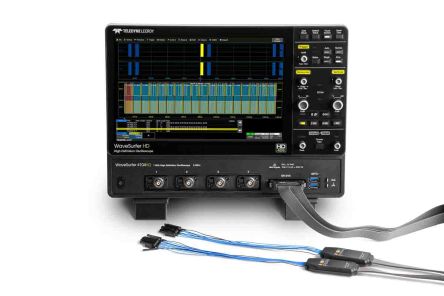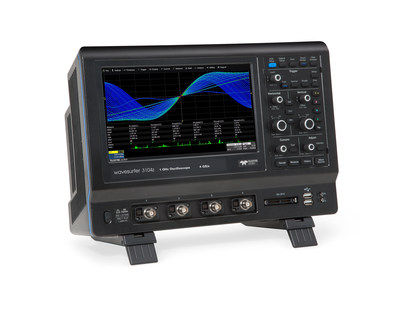

Following Flashback, you can perform additional analysis on the stored signals, such as measuring with parameters or cursors. Choose File > Recall LabNotebook, select the file and “FlashBack” to the oscilloscope state saved in the LabNotebook. LabNotebooks can be recalled on any Teledyne LeCroy MAUI oscilloscope (running firmware v.8.x.x.x or later) to allow further analysis and post-processing of the data as if it had just been acquired. Because LabNotebooks represent the oscilloscope at the moment of capture, it is best to Stop acquisition before taking them, or use Single trigger mode to acquire, so that the display is stable when you create the file.įigure 2: Within the LabNotebook dialog is an area for including descriptions and other comments. When your preferences are set, touch Save Now at far right of the dialog. As shown in Figure 2, the Save dialog opens, with a field labelled LabNotebook Annotation where comments can be entered and a field labelled LabNotebook Entry for entering the path and file name. LabNotebooks can be created by choosing File > Save LabNotebook from the menu bar. An image file of the display at the moment of capture.An *.lss file of all the current oscilloscope setups, including data in memory (with some exceptions).Separate *.trc files for all displayed waveforms.It can be thought of as "Save Job" or "Save Everything" into a single, composite file *.lnb file.

LabNotebook simplifies results recording by eliminating multi-step processes that often involve file transfers between several pieces of equipment. The LabNotebook utility is an all-in-one solution for capturing, annotating and sharing waveforms, setups and screen images. Choose File > Save and open the Auto Save dialog to make selections. The Auto Save feature allows you to save waveform and/or table data to file every time the oscilloscope is triggered. To save table data in a form that can be recalled to an oscilloscope display, create a LabNotebook. Unfortunately, table data cannot be restored by recalling the file. File format may be ASCII *.txt or Excel *.csv. This valuable data can be exported by choosing File > Save and selecting the Table option.
#WAVESURFER 424 OSCILLOSCOPE SERIAL#
Measurements, serial data decodings and many other results appear on the oscilloscope in tabular form. These labels are saved with the waveform when it is saved as a screen image or LabNotebook file.

Label TracesĬustom annotations calling out points of interest on the waveforms can be added to the display by selecting the Label button at the bottom of the Channel (Cn), Function (Fn) and Memory (Mn) dialogs. The area of the screen that is captured and the image file format (*.bmp, *.jpg, *.png or *.tif) are determined by the Screen Image settings on the Save dialog. If you would like a picture of what is showing on the oscilloscope display either to share or to place into a report, screen captures can be taken by choosing File > Save and selecting Screen Image. If you select All Displayed, all traces on the display will be saved to separate files.įigure 1: "Raw" waveform data saved as comma-delimited text. But the Save Waveform function can also be used to save a timestamped list of waveform samples as simple ASCII text or other formats that would allow it to be easily imported into external programs for further processing. When recalled into MAUI oscilloscopes’ internal memory, trace files reproduce the shape of an acquired waveform and can be analyzed or processed much like "live" inputs. Likewise, trace (*.trc) files can be created simply by choosing File > Save Waveform. Setup files can be shared with colleagues and recalled to any other MAUI oscilloscope 1 to reproduce a test. Simply choosing File > Save Setup from the menu bar creates a configuration file (*.lss) that can restore in seconds a test setup that took hours to tune. Setups files comprise all the current settings that allow the oscilloscope to produce the results on screen when an equivalent signal is acquired.
#WAVESURFER 424 OSCILLOSCOPE MANUAL#
Step-by-step procedures for using all these features can be found in the WaveSurfer 4000HD Oscilloscopes Operator's Manual our website. Like all MAUI oscilloscopes, WaveSurfer 4000HD oscilloscopes are equipped with numerous utilities that allow you to capture nearly any type of data that appears on the oscilloscope display in different formats for documenting your lab results.


 0 kommentar(er)
0 kommentar(er)
